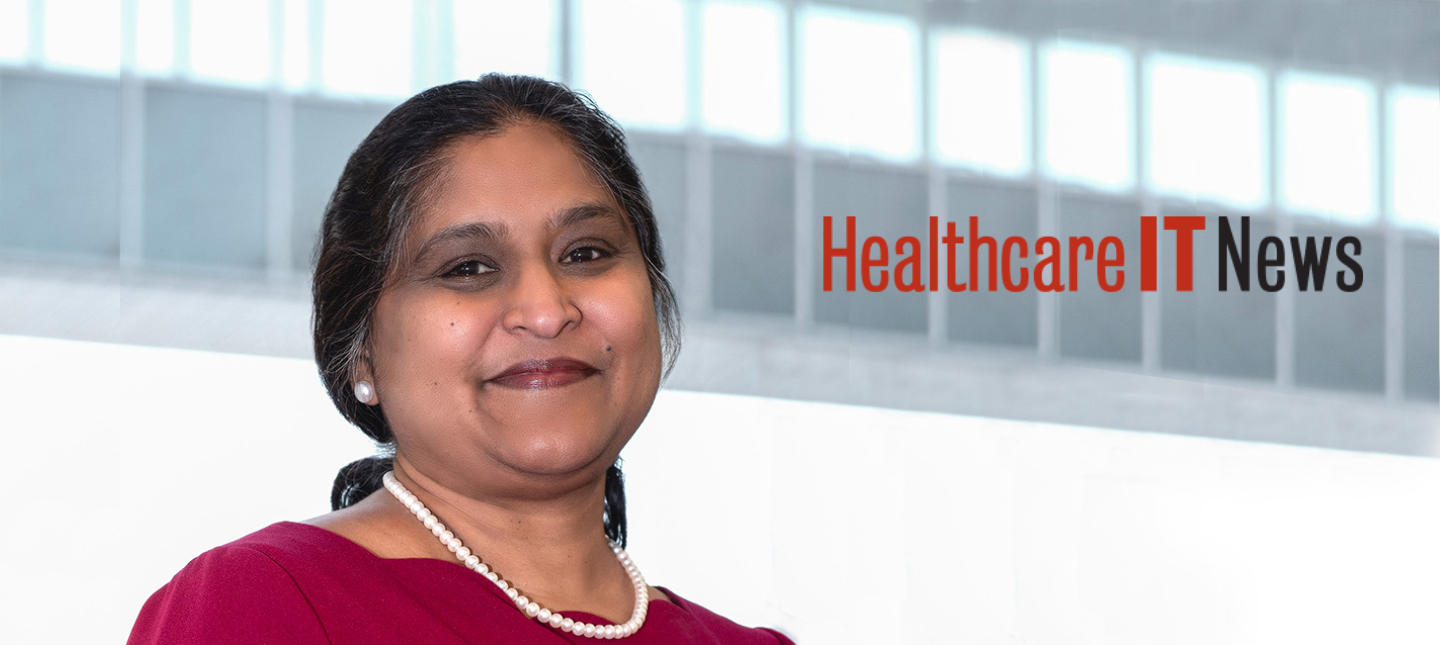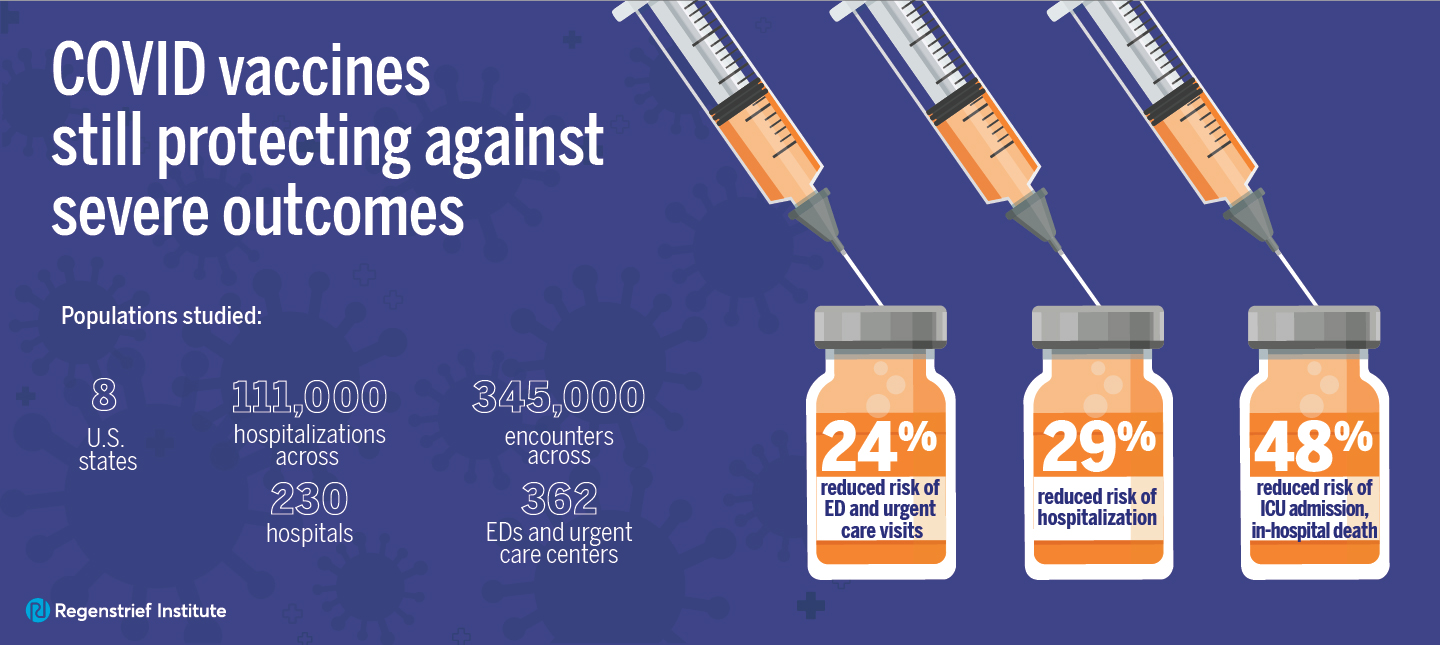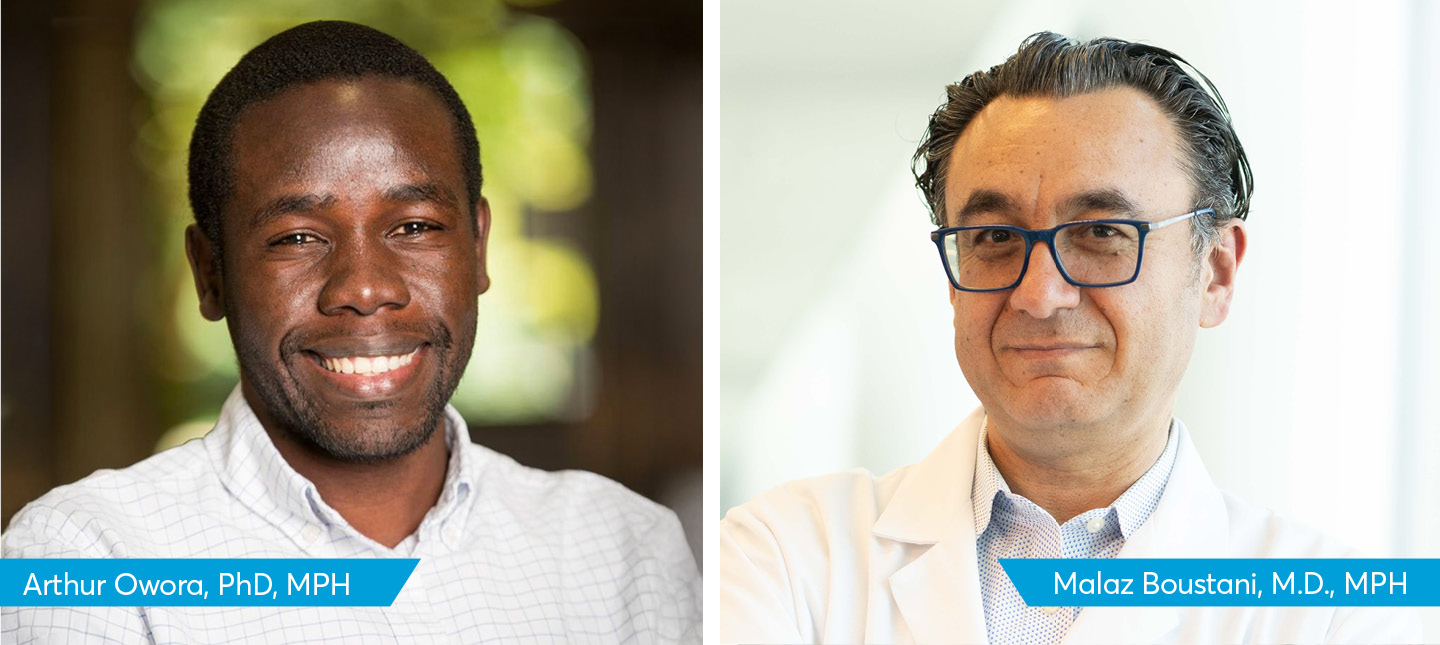New data sharing effort could be used to enhance disease tracking
The Indiana Network for Population Health (INPH) has been launched by the Regenstrief Institute and collaborators, including the State of Indiana, Indiana University and the Indiana Health Information Exchange, to provide the secure exchange of comprehensive data — especially information on social determinants of health such as housing stability and access to nutritious food — to researchers, policymakers, healthcare providers and others on the front lines fighting opioid and other addictions.
“The Indiana Network for Population Health can broadly enhance health surveillance in the community, tracking diseases we know well like Hepatitis C and diabetes as well as new diseases such as COVID-19,” said Brian Dixon, PhD, MHA, director of public health informatics at Regenstrief Institute and Indiana University Richard M. Fairbanks School of Public Health at IUPUI. “It’s already providing situational awareness to physicians and public health officials about addictions and, in the future, we hope it will connect patients to community-based services to help them address their social determinants of health.”
The stakes are high. Research over the past quarter-century has shown that social determinants of health, such as tobacco use, alcohol consumption, exercise, access to nutritional food, stable housing, reliability of transportation and many other non-medical factors, are more significant contributors to longevity and quality of life than either healthcare or genetic makeup or the two combined. Yet these data are rarely accessible to physicians through their electronic medical record systems.
Dr. Dixon’s presentation, “Integrating Social Determinants into an HIE Network,” introducing the Indiana Network for Population Health to an international audience, is now available via HIMSS20 Digital. The annual HIMSS conference, the original venue for the presentation, was expected to attract more than 40,000 attendees but was canceled due to the COVID-19 pandemic.
“It’s not that physicians have totally ignored social determinants of health, but impactful information — such as the fact that the patient had to take time off from a low-paying job and ride two buses to get to the doctor’s office — isn’t typically collected in electronic medical records,” said Dr. Dixon. “A clinician may have noted in unstructured free text in the medical record that an individual is a heavy smoker or homeless, for example, but free text information, with its lack of uniformity, can be difficult to extract correctly. Will a computer extracting data from the patient’s file capture the phrase “has no safe home” or simply ignore the first two words and see “safe home” and not make this information accessible to community programs like the YMCA or homeless shelter organizations who might help the patient find a better place to live?
“Integrating social determinants of health into a health information exchange network from the patient’s medical file is a big challenge. It seems to make more sense to retrieve data from the CDC, various state departments, census, Social Security, the food stamp program, etc. since all these entities routinely collect this data,” said Dr. Dixon. “This is our vision for the Indiana Network for Population Health.”
The Indiana Network for Population Health is an extension of the Indiana Network for Patient Care (INPC), which currently holds approximately 12 billion pieces of clinical data. Both the Indiana Network for Population Health and the Indiana Network for Patient Care were developed by Regenstrief. The INPC is managed by the Indiana Health Information Exchange.
About Regenstrief Institute
Founded in 1969 in Indianapolis, the Regenstrief Institute is a local, national and global leader dedicated to a world where better information empowers people to end disease and realize true health. The Regenstrief Institute, a key research partner to Indiana University, and its researchers are responsible for a growing number of major healthcare innovations and studies. Examples range from the development of global health information technology standards that enable the use and interoperability of electronic health records to improving patient-physician communications, to creating models of care that inform practice and improve the lives of patients around the globe.
Regenstrief Institute is celebrating 50 years of healthcare innovation. Sam Regenstrief, a successful entrepreneur from Connersville, Indiana, founded the institute with the goal of making healthcare more efficient and accessible for everyone. His vision continues to guide the institute’s research mission.
More about Brian Dixon, PhD, MPA
In addition to his role as public health informatics director at Regenstrief Institute and Richard M. Fairbanks School of Public Health at IUPUI, Brian Dixon PhD, MPA, is a research scientist at Regenstrief Institute Center for Biomedical Informatics and Indiana University Center for Health Services and Outcomes Research, an associate professor at Fairbanks School of Public Health, and a health research scientist at the Center for Health Information and Communication, Department of Veterans Affairs (VA), Health Services Research and Development (HSR&D) Service, Roudebush VA Medical Center.








